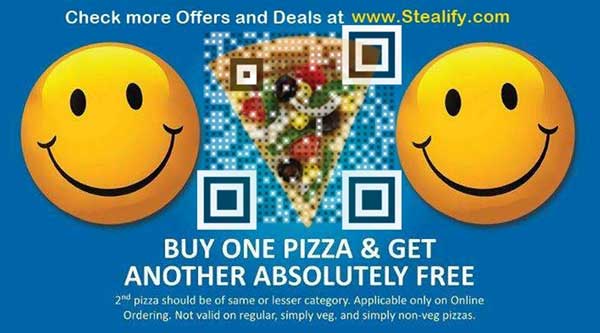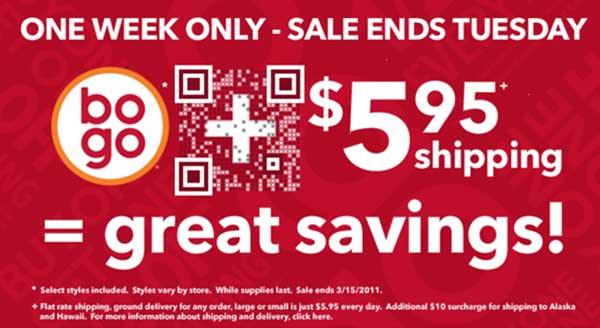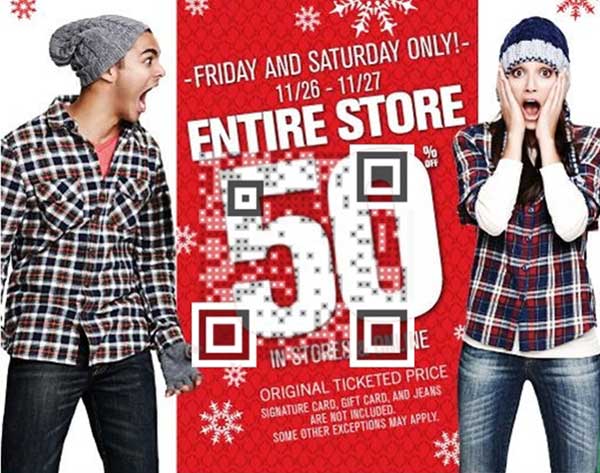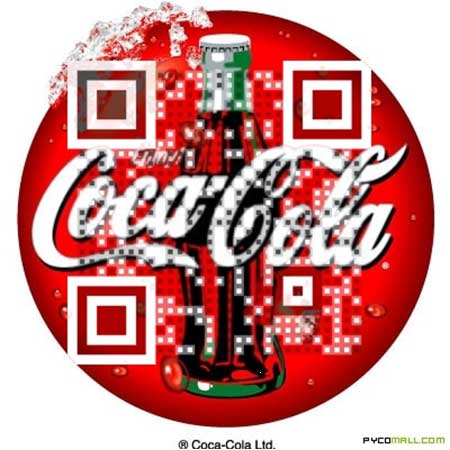Whether at CES or any other tech conferences across the globe, mobile technology has taken over.
Samsung announced at the beginning of the year that it has sold 100 million Galaxy S devices, and mobile phone sales worldwide reached 419.1 million units in the first quarter of 2012 alone.
According to a recent study, the number of mobile phone subscribers reached six billion and is expected over the next year to outnumber the Earth's present population (currently 7 billion).
If we were just talking about phones, this information would be shocking but totally useless to the corporate world. The mobile revolution, however, is not just about a phone. In fact, according to a recent study, 85% of American adults own a cell phone and use the devices to do much more than make phone calls.
One of the biggest and fastest developing niches mobile technology has introduced is mobile shopping. People can now search for company information, download special promotions, or even make purchases without actually entering a store. Mobile technology has given consumers the ability to purchase what they want, when they want, right from the palm of their hand, using a mobile device.
For businesses, the mobile revolution is both good and bad. The potential for customer growth on the one hand is enormous; every person walking around with a smartphone is a potential customer. On the other hand, reaching the customers while they are on the go and giving them an incentive to engage without interfering with their day is a challenge.
Engagement
Mobile-enabled websites, apps, and email and SMS marketing campaigns are just a few of the examples of what's being used today to engage mobile customers.
Another mobile marketing technology is also showing up everywhere: on billboards, magazines, newspapers, store windows, and even graveyards. Though hundreds of millions of QR Codes are being generated every year, it seems customers are not scanning them as much as marketers were expecting.
Mobile technology means people are interacting and engaging on the go. If something is not immediately eye catching or a message is not immediately given over, customers and users will keep walking and ignore your invitation to engage.

The key to a successful mobile marketing campaign is engagement. A company's logo or advertisement is designed as a call to action to trigger an emotional response with potential customers in order to drive them to interact.
The QR code computer-generated design, on the other hand, offers no incentive for engagement and is usually placed in the corner of an ad as if to say, "Don't scan me." The QR Code will lead customers to an online interactive experience; however, for that to happen, the customer must make a decision to interact and scan the code.

QR Code: "Scan Me."
Customer: "why?"
How to build an effective Visual QR Code campaign and increase customer engagement
- Create a "Visual QR Code" that people can relate to and be inclined to interact with.
- Strengthen you brand by empowering your logo with Visual QR Capabilities.
- Be clear as to what value your Visual QR Code is offering your customers.
- Make the Visual QR Code part of your design story.
- Give customers a reason to engage.
- Build your online community with on location Visual QR Codes
Create Visual QR Codes and merge the design that people love with the technology they know
Visual QR Code Technology enables turning any image or part of an image into a fully functional QR Code that can be scanned using any standard QR Reader in the market. Instead of designing an advertisement and then figuring out where to put the QR Code, Visual QR codes can become an integral part of a design story, bridging the call to action with the ability to actually engage.
With Visual QR Code technology, you can place the QR Code anywhere on the image, serving as a call to action and increasing customer engagement. Merely by putting the QR Code anywhere but in the bottom right or left corners of your ad, we've found that you will get more than 25% more scans.



Create Visual QR Codes that are relevant for branding as much as they are attractive to users
In a world that revolves around branding, the ability to turn any design into a Visual QR Code becomes a very powerful tool for businesses to strengthen brand. Though the design of an ad or a well known logo is what triggers a customer's desire to engage, a Visual QR Code can transform the desire to engage into the ability to actually do so.
Let your customers engage with your brand not with a black and white box, and see how the engagement rises 25%.


Build your online community from the offline
A company can brag about how great it is, but when one receives a personal recommendation about a brand from a friend, that's what has true value. People are using apps such as foursquare and Instagram to show all their friends and contacts where they have been. Use your offline materials and allow your customers to engage with your social networks, whether to give instant feedback through your corporate social media platforms or become a part of your online community.
Change the static Facebook and Twitter icons on your printed materials to dynamic ones, and see an increase of 25% in engagement with your social pages.
![]()
* * *
Visual QR Codes are keeping the mobile engaging technology without the code to create a more creative, communicative, and effective call to action. Thinking about QR Codes as effective links that can lead your audience from print to mobile can relatively easily get you more scans (and leads!).




